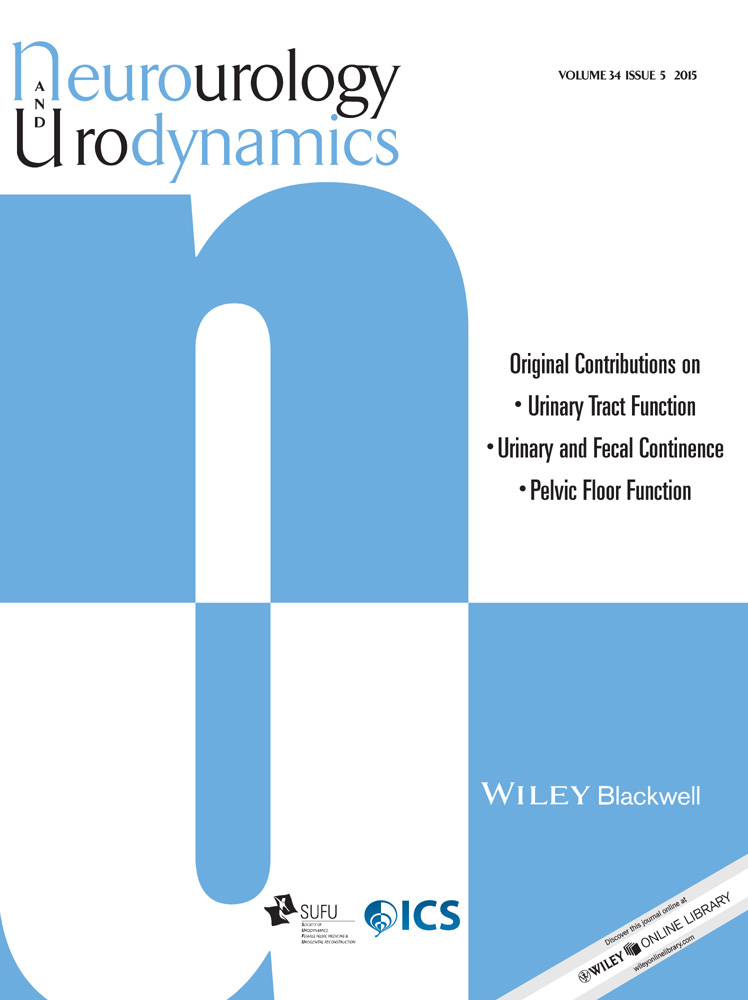The efficacy and safety of onabotulinumtoxinA in treating idiopathic OAB: A systematic review and meta-analysis
Abstract
Aim
We carried out a systematic review and meta-analysis to assess the efficacy and safety of the drug for treating idiopathic OAB.
Methods
A literature review was performed to identify all published randomized double-blind, placebo-controlled trials of onabotulinumtoxinA for the treatment of idiopathic OAB. The search included the following databases: MEDLINE, EMBASE, and the Cochrane Controlled Trials Register. The reference lists of the retrieved studies were also investigated.
Results
Eight publications involving a total of 1,320 patients were used in the analysis, including six RCTs that compared onabotulinumtoxinA with placebo. OnabotulinumtoxinA significantly decreased the mean number of urinary incontinence (UI) per day −2.77 versus −1.01 (the standardized mean difference (SMD) = −1.68, 95% CI = −2.06 to −1.31, P < 0.00001); the mean number of micturitions per day −1.61 versus −0.87 (SMD = −1.82, 95% CI = −2.61 to −1.02, P < 0.00001); maximum cystometric capacity (MCC) 91.39 versus 32.32 (SMD = 63.82, 95% CI = 38.14 to 89.50, P < 0.00001) and volume voided 44.29 versus 7.36 (SMD = 33.05, 95% CI = 22.45 to 43.66, P < 0.00001) versus placebo and 29.20% versus 7.95% of patients became incontinence-free (odds ratio [OR] = 4.89, 95% confidence interval [CI] = 3.11 to 7.70, P < 0.00001). Safety assessments primarily localized to the urinary tract indicated onabotulinumtoxinA were often associated with complications resulting from postvoid residuals (PVR; P < 0.00001), urinary tract infections (UTI; P < 0.00001) and clean intermittent catheterization (CIC; P < 0.00001).
Conclusion
This meta-analysis indicates that onabotulinumtoxinA to be an effective treatment for idiopathic overactive bladder symptoms with side effects primarily localized to urinary tract. Neurourol. Urodynam. 34:413–419, 2015. © 2014 Wiley Periodicals, Inc.




